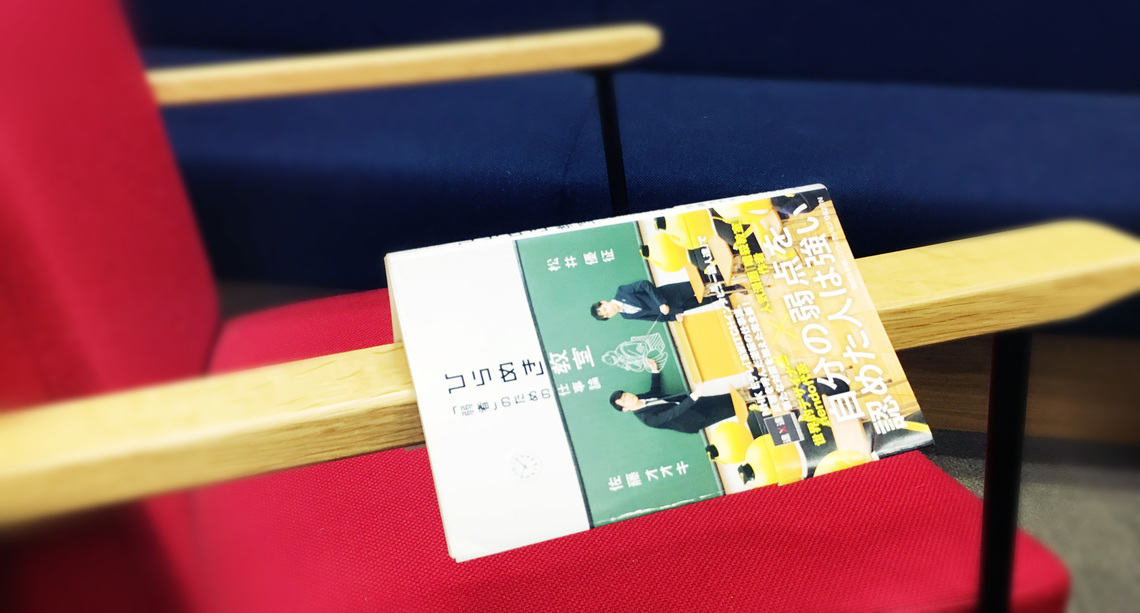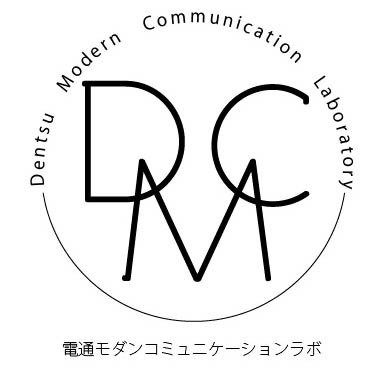First, a brief introduction to the two authors.
First, Yūsuke Matsui.
This July, volume 21 of "Assassination Classroom" was released, marking the series' conclusion. Since this manga was adapted into an anime and a movie, many of you are probably familiar with it. It's actually surprising to learn this is only his second serialized work, following "Detective NEO".
Next is Mr. Ooki Sato. He is the representative of the design firm nendo. With a background in studying architecture at university, he is now an immensely popular designer handling approximately 400 projects.
What these two share is a broad sense of "making things."
As Sato states , "Our thoughts on creation are almost identical" (p.5), much of this book, written in dialogue format, progresses with perfect harmony.
What do they pay attention to when creating things? What methods do they follow?
As creators who consistently produce hits, their conversation surely holds hints for what the future demands.
Start by acknowledging your own weaknesses
As reflected in the book's subtitle, the key concept is the "underdog strategy."
At first, I thought it might be inviting the reaction, "What makes these two bestsellers underdogs?!" But it turns out that's not the case. Truly, both of them are thoroughly committed to thinking through how to win from a place of self-awareness as underdogs.
Matsui: "I don't have much talent" is my fundamental strategy as a manga artist.
(Omitted) I think my true manga artist life began when I realized there are geniuses everywhere.
So how does someone without much talent survive in this industry? You hone other abilities. You adopt the resolve: "I'll do whatever it takes to survive." And you think, think, think. I cultivated that mindset. (P.78-79)
Sato Ooki, who also speaks of an experience that made him realize his own drawing was poor, shares this same origin. First, acknowledge your own lack of talent, your weaknesses. From there, look around and strategize how to fight. Be thorough about it.
It might sound like mere mental toughness, but I felt it was the fundamental starting point for both of them.
"Not knowing what you want to do" is perfectly fine
To the outside world, designers and manga artists seem to be professions where you "pursue what you want to do." But on this point too, both have their own unique methodology.
Their thinking is: "It's perfectly fine if you don't have something you want to do."
Matsui: If you ask whether I have something I want to do, I don't. My approach is that what the client wants = what I want to do.
(Excerpt) People who have a strong sense of what they want to do seem rather fragile to me. If that thing they want to do disappears, I feel like they'd be unable to create anything from that point on.
Sato: It's true that having something you want to do carries the risk of exhausting it and reaching a conclusion. In that sense, not having something you want to do becomes a highly sustainable motivation. You can find enjoyment in whatever comes your way. (P.82)
What an honest perspective.
Building on the earlier idea of the underdog strategy, it's precisely because he abandoned the belief that "this is how you must be to succeed in the world" and confronted his own weaknesses that he discovered the strength to "enjoy whatever comes his way."
The battle is won by whether you can envision the client's future
Mr. Sato shares this mindset: "What the client wants = what I want to do." So how exactly are these new ideas the client seeks generated?
Sato: When trying to solve a client's problem, from a marketing perspective, we first confirm what this client has done up to now. By organizing that "past" information, we then show them the "future" one step ahead. (Omitted)
But with that kind of problem-solving approach, it's only an extension of the flow from the past, so it lacks explosive power as an idea. (Omitted) My ideal is to first leap ahead and see the future.
Matsui: Not just a little further ahead, but several steps into the "future"?
Sato: Exactly. Instead of just answering the current problem, I imagine several answers ahead. A1, A2, A3... Then I look back to see which question best fits those answers. (P.108)
The key points are this backward-thinking approach from the future and the flexibility to not fixate on just one future, right?
Throughout the book, various thought experiments unfold: "What if a client asked you to draw a beautiful heart?" "What if you were designing a new refrigerator?" In each case, truly unique ideas emerge from both perspectives, one after another. It's precisely because they don't just chase existing problems or data, but instead, like Doraemon, suddenly envision the future and think "Wouldn't it be great if we had something like this?"—working backwards from that vision—that such distinct, unique perspectives keep surfacing.
...It's definitely something worth emulating.
The Marketing Strategy Behind "Assassination Classroom"
This might be a bit personal, but I absolutely love "Assassination Classroom." Volumes 20 and 21 especially made me cry.
One reason I started reading this book was to understand the process behind creating that work.
For those unfamiliar, here's a very brief explanation: it's about the students of Class 3-E aiming to assassinate a mysterious creature known as Korosensei. Sorry for the oversimplification.
At first glance, you might think it's a pretty unconventional manga, right? But Matsui-san himself casually says it's "just a regular school story" and "(to use a baseball analogy) it starts with a breaking ball for the first pitch, then just follows the textbook from there."
Matsui: Just adding the word "assassination" to change the entry point opens up a completely different world. For me, Assassination Classroom is the mainstream, right down the middle. Nowadays, mainstream manga is decreasing, and manga filling the gaps is increasing.
(Excerpt) What's needed now, I thought around the time I started drawing 'Assassination Classroom,' is something simpler and clearer—like "this guy and that guy going head-to-head"—something clean and easy to understand, even if it's a bit cliché, right down the middle.
It's fascinating that the conclusion drawn by fully utilizing an underdog strategy and closely observing the current manga landscape is to pursue the absolute mainstream... In fact, 'Assassination Classroom' is a very mainstream school-based story and also a battle manga where characters fight enemies and grow.
Reading about these two individuals—who, as underdogs, honed their weapons while possessing flexible thinking and excellent marketing insight—feels like your own preconceptions are being shattered page by page. Presented in an easy-to-read dialogue format, I highly recommend everyone give this book a read.






